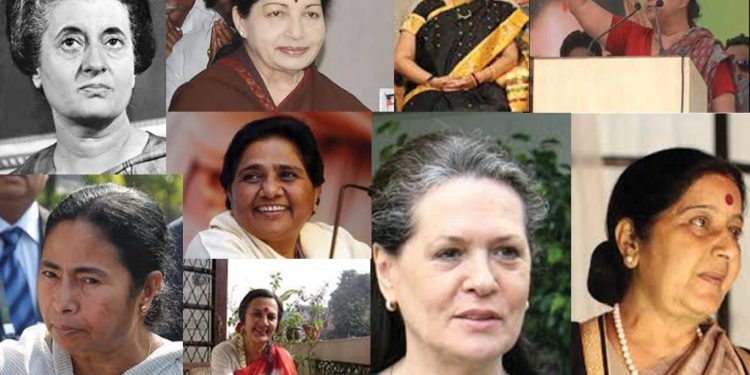In a country with over 700 million women, Indian politics has long remained a male-dominated arena. But in recent years — and especially by 2025 — women leaders are emerging as powerful forces, breaking barriers, challenging stereotypes, and redefining governance.
🔥 Why Women’s Political Participation Matters
- Countries with higher female political participation show better governance, lower corruption, and more focus on education, health, and welfare.
- Only ~15% of Indian MPs are women, but that number is rising steadily with more women contesting — and winning.
- With the Women’s Reservation Bill (2023) now passed, 33% of seats in Parliament and state assemblies will be reserved for women — a game-changer.
🌟 Notable Women Leaders Shaping Indian Politics in 2025
| Leader | Party | Role |
|---|---|---|
| Droupadi Murmu | Independent (NDA-backed) | First Tribal Woman President of India |
| Nirmala Sitharaman | BJP | Finance Minister |
| Smriti Irani | BJP | Minister for Women & Child Development |
| Mamata Banerjee | TMC | CM of West Bengal |
| Priyanka Gandhi Vadra | Congress | General Secretary & Star Campaigner |
| Mahua Moitra | TMC | Outspoken MP from Krishnanagar |
| Supriya Sule | NCP | MP, youth-focused legislator |
| Kanimozhi Karunanidhi | DMK | Strong voice in Parliament |
| Y. S. Sharmila | YSRTP | Youth & women-centric leader in Andhra |
📊 Key Areas Where Women Leaders Are Making a Difference
- Welfare & Social Justice
- Women leaders are vocal about domestic violence, maternal health, and education access.
- Ministers like Smriti Irani have pushed schemes like Beti Bachao, Beti Padhao and stricter anti-trafficking laws.
- Finance & Economy
- Nirmala Sitharaman, India’s first full-time woman Finance Minister, has led 6 Union Budgets, championing start-ups, women entrepreneurs, and fiscal reforms.
- Grassroots Leadership
- 1.3 million+ women now serve in Panchayati Raj institutions thanks to 50% reservation in local bodies.
- Leaders like Sarpanch Chhavi Rajawat and many others are transforming rural governance.
- Voicing the Unheard
- Mahua Moitra, Kanimozhi, and Supriya Sule regularly challenge toxic masculinity, casteism, and centralization of power in Parliament.
🧱 Challenges Still Persist
- Patriarchy in Parties: Women often serve as “token faces” or are sidelined in decision-making.
- Online Abuse: Female politicians face relentless trolling and character assassination on social media.
- Safety & Mobility: Grassroots female politicians struggle with basic security, travel, and acceptance in male-dominated environments.
🌈 The Way Forward: Empowering More Women in Politics
- Women’s Reservation Bill: Timely implementation with fair rotation at state & national levels.
- Funding & Mentorship: Public support schemes to help more women contest elections.
- Political Training Programs: For aspiring female leaders from rural, SC/ST, and minority backgrounds.
- Encouraging Youth Participation: Platforms for college women, young entrepreneurs, and social activists to enter politics.
📌 Conclusion
Women leaders in Indian politics are no longer the exception — they’re the rising norm. As India walks into its next decade, a strong presence of women in policymaking is not just desirable, it is essential. From Parliament to Panchayats, women are shaping a more inclusive, empathetic, and accountable democracy.































































